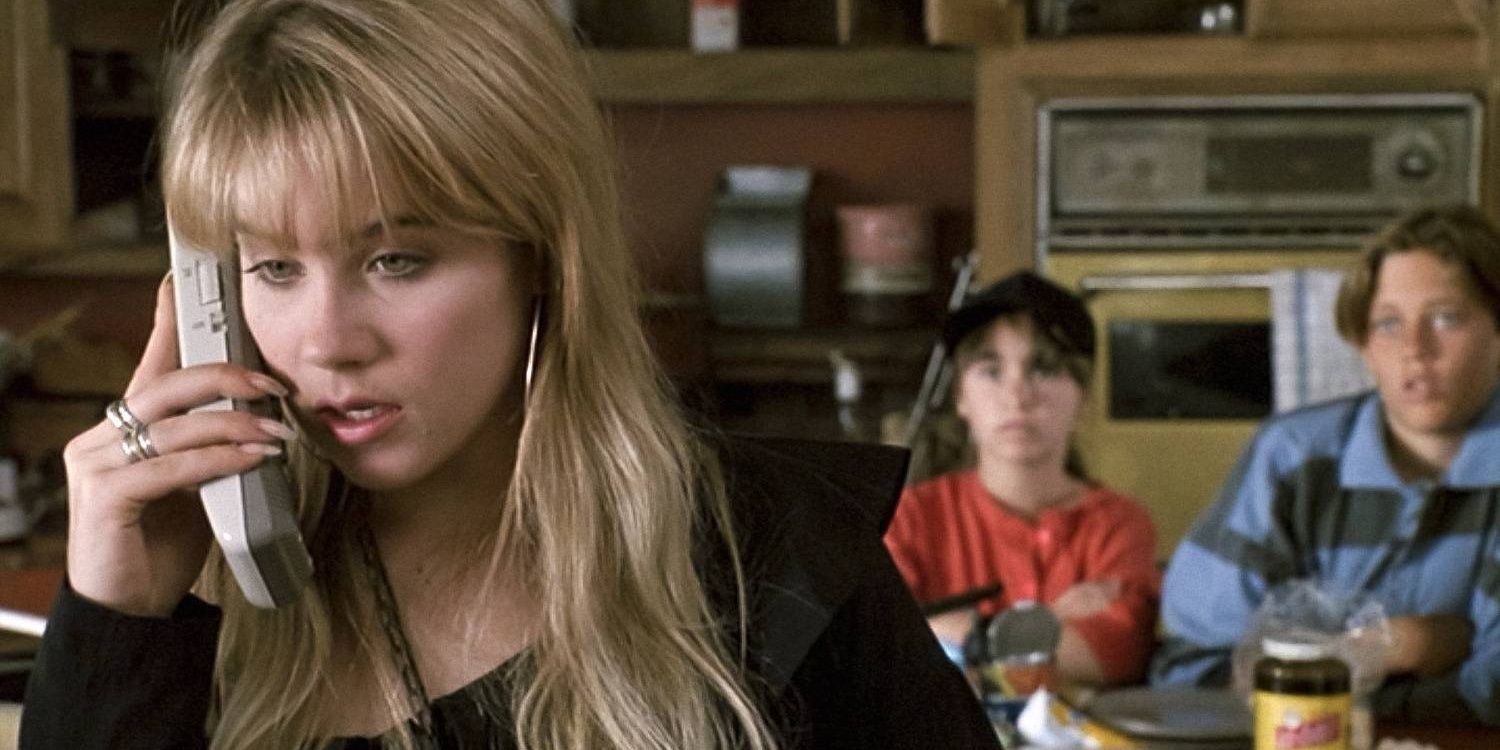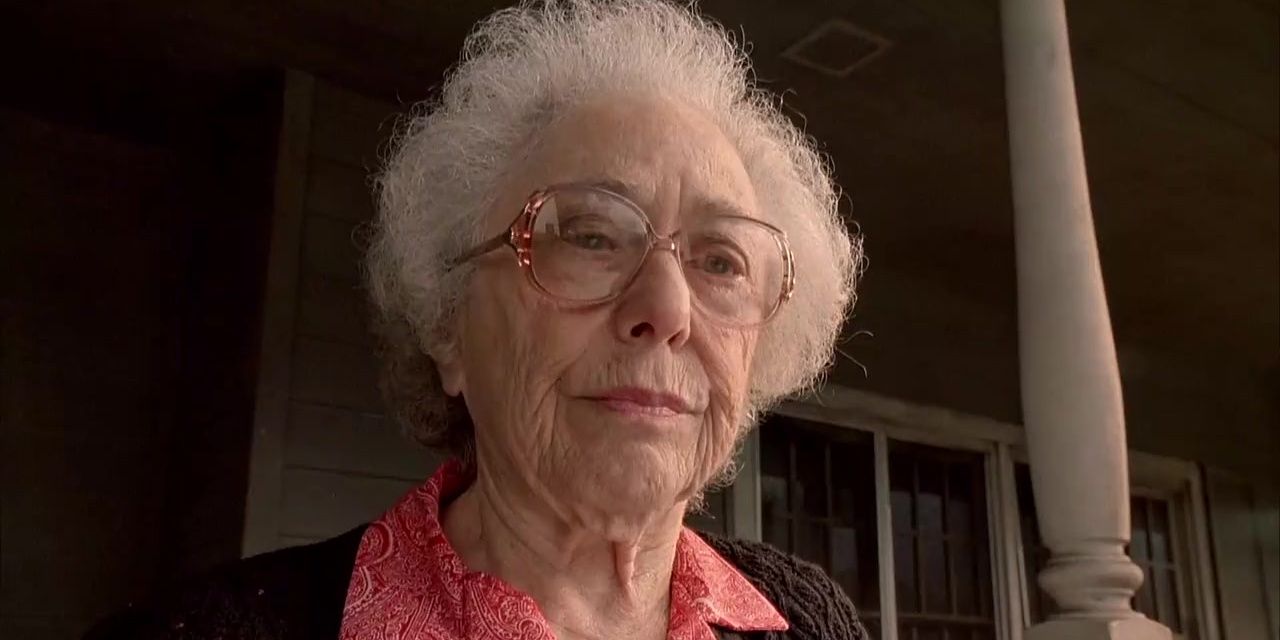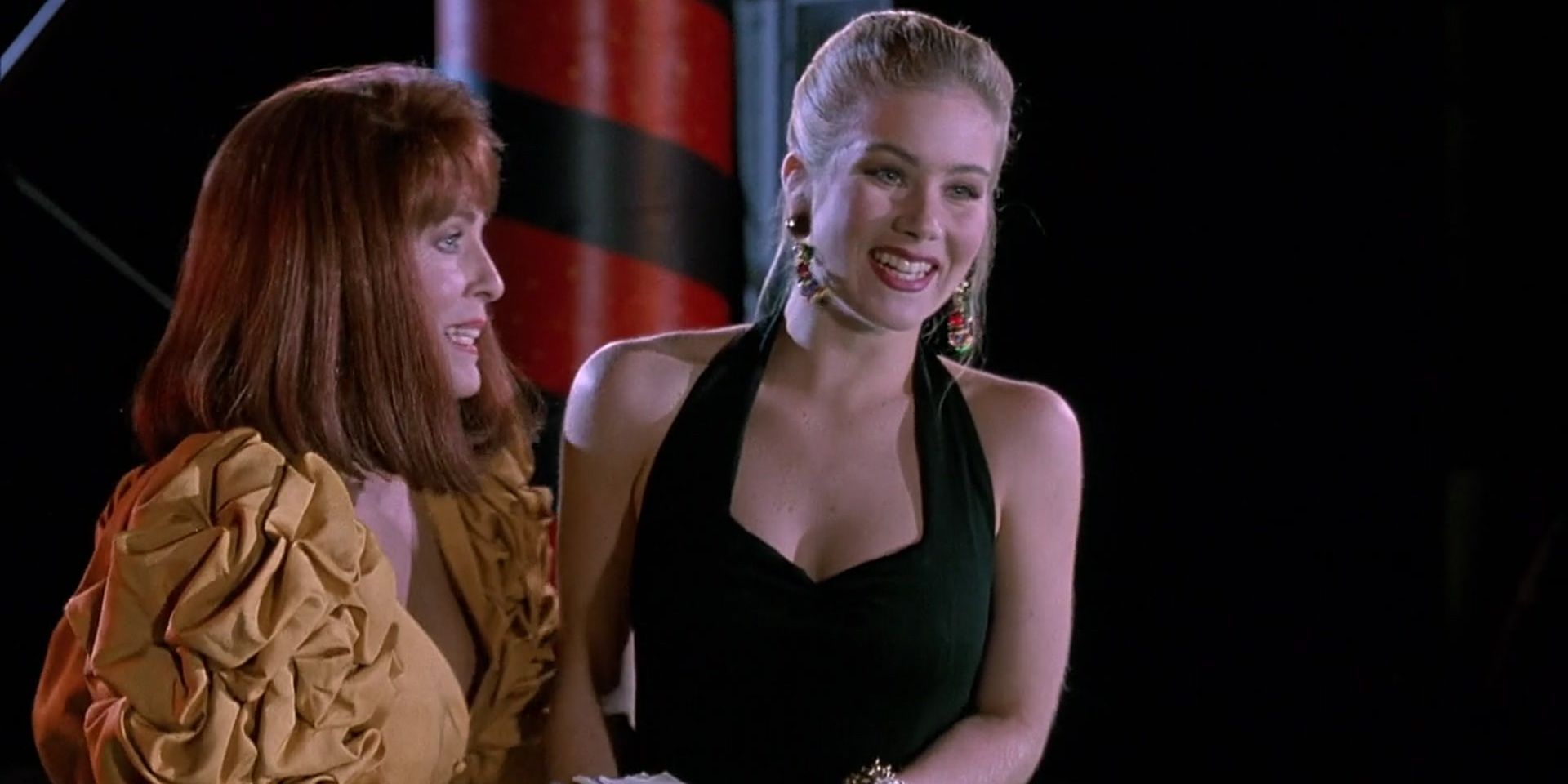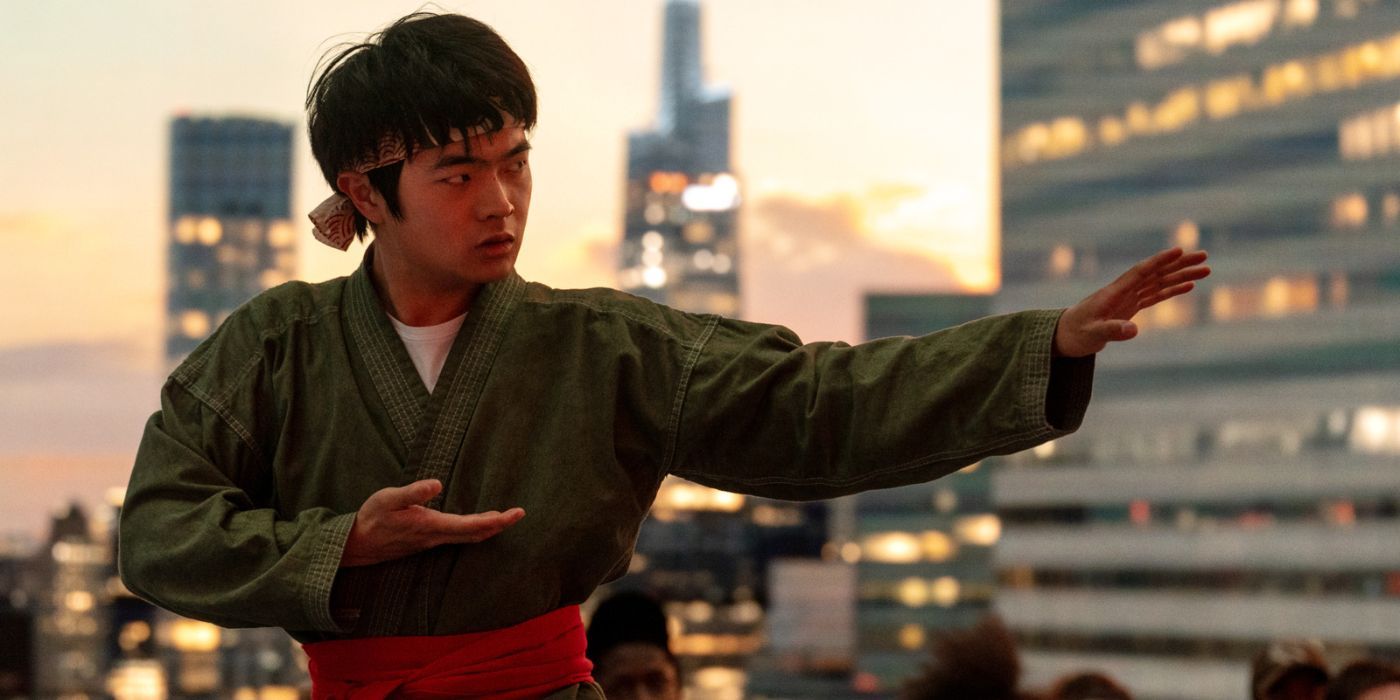The Big Picture
- Don’t Tell Mom the Babysitter’s Dead was a failure upon release, but found success on home video and cable due to its unspecific demographic.
- The marketing team’s foresight in spending $1 million on video store advertising helped resurrect the film’s performance.
- Despite its initial negative reception, the film has gained a cult following and is remembered as a quirky gem among ’90s movies.
It’s seemingly impossible to purposefully engineer a cult classic. Part of a cult classic’s charm is that it’s a movie that works for reasons it shouldn’t. While Don’t Tell Mom the Babysitter’s Dead isn’t a terrible movie (in fact it’s quite good), it was for all intents and purposes a failure upon release. Watching it over 30 years later, the movie feels tailor-made for video store shoppers. It has no clear demographic as it features a cast of kids and was part of the “kids-on-the-loose” trend that spawned after Home Alone was released the previous year, but also clearly has a morbid sense of humor. Even the film’s PG-13 rating is ambiguous: a relatively vague rating that didn’t know how to differentiate itself from “PG.” As a result, this movie with an F-bomb and a lot of jokes clearly aimed at adults would have tonally and confusingly fit comfortably in the kids’ section at your local Blockbuster.
The fact that Don’t Tell Mom the Babysitter’s Dead was so successful on home video and cable is likely due to how unspecific the demographic of the film was as it was seemingly aimed at both nobody and anybody. The movie had no recognizable names attached at the time and was one of Christina Applegate‘s earliest film roles. The plot is weird and could easily be seen as off-putting for a children’s movie. The movie was also mostly negatively received by critics, setting it up for a disappointing performance at the box office. Despite the bad reviews and middling box office returns, Don’t Tell Mom the Babysitter’s Dead‘s marketing team had the foresight to spend $1 million on video store advertising, a decision which helped to resurrect the film from its lethargic performance. With a poster vaguely insinuating that the children are at the root of the titular babysitter’s death, the marketing team saw that the film had the potential for a second life due to its premise and the poster’s playfully macabre imagery.
What Is ‘Don’t Tell Mom the Babysitter’s Dead’ About?
Don’t Tell Mom the Babysitter’s Dead tells the very ’90s movie premise of the rowdy Crandell family consisting of five children and their single mother. When Mrs. Crandell (Concetta Tomei) decides she needs an extended vacation from the daily chaos, she books a flight to Australia with her boyfriend leaving the kids in the hands of a crotchety old babysitter who runs a tight, albeit joyless, ship. She demands that a long list of chores be completed every day, doesn’t allow the youngest to watch TV as it “rots your brain”, and forces him to read books about aardvarks. One memorable scene in the first act of the film sees the babysitter, Mrs. Sturak (Eda Reiss Merin), walking into the second-oldest sibling’s, (Kenny, played by Keith Coogan), room. To her dismay, there are lewd posters of women in compromising angles, pizza boxes, and bongs littering the floor. There’s an early element of gross-out humor present that eventually gets shed for the better by the time Don’t Tell Mom hits its stride.
The title of the movie is somewhat misleading as the babysitter dies pretty early on, leaving the oldest, 17-year-old Swell (Applegate) to fend for herself and for her siblings. The rest of the film sees her scamming her way into a high-paying job as an assistant fashion executive, sparking a romance, and keeping her double life afloat. Kenny is a particular thorn in her side who despite being only a year or two younger, lacks the perspective and maturity to see the dire straits that their family is in. He continues living as he did before, slacking off and smoking pot with his burnout friends. Swell soon turns into her mom to the demise of her siblings who start treating her as such. They accuse her of nagging and being too harsh on them when she is just trying to keep the ship afloat.
While the titular babysitter is more of a catalyst for the plot than an important aspect of the movie itself, it does add a layer of dark humor that juxtaposes somewhat awkwardly with the rest of the movie’s tone. It’s undeniably a memorable title, even though, as Christina Applegate recounted in an interview with Buzzfeed News, some cast members hated it upon first hearing it. The film was initially titled The Real World but had to be renamed as there was another project in production with the same name. Ironically, even though almost everyone hated the new title, its long-winded wordiness undoubtedly ensured that more people checked it out. It’s highly doubtful that had the film kept its original, less memorable title, it would have seen so much traffic on cable and in video stores.
Why Wasn’t ‘Don’t Tell Mom the Babysitter’s Dead’ Well-Received?
Don’t Tell Mom opened to little fanfare when it came out, even though the producers of the film were expecting a hit on the level of Say Anything or Adventures in Babysitting due to the overwhelmingly positive test screenings. The screenwriters were so convinced that the movie was going to be a hit that they started planning a whole franchise, one of the potential sequel titles of which was going to be Don’t Tell Me We Lost Water. Instead, Don’t Tell Mom opened in sixth place in 1991 alongside City Slickers, Jungle Fever, and Thelma & Louise and was generally ravaged by critics. Gene Siskel considered it one of the worst movies of the year, and even today the film only has a 35% critic score on Rotten Tomatoes (even though we all know it’s not a great metric but still… yikes). The only reason the movie made even the slightest profit was because it was made so cheaply with a budget of only $10 million. The film feels and looks cheap. However, this only adds to its charm over thirty years later as it feels so authentically of its time in a way that many more expensive movies don’t.
How ‘Don’t Tell Mom the Babysitter’s Dead’ Got a Second Life
A big part of the resurrection of Don’t Tell Mom has to do with the fact that was financed at least partially by HBO who was trying to get into producing theatrically-released films at the time. It was basically a precursor to original films being distributed by streaming services, as it was exclusively shown on HBO. Seeing as they produced it, HBO decided to milk the movie for all it’s worth, playing it constantly, and thus giving it the exposure that it didn’t get in theaters. The movie also did tremendously well on VHS, specifically at rental stores. The movie’s marketing team spent over a million dollars on gimmicks, as Applegate detailed to Buzzfeed News, such as a giant cardboard cutout of the theatrical poster featuring the babysitter’s feet sticking out of the ground. The gimmicks paid off because the movie was a genuine hit on home video, somewhat making up for its disastrous theatrical release.
While it isn’t exactly a classic, Don’t Tell Mom the Babysitter’s Dead is far from a failure in hindsight. It has amassed a cult following from a whole generation of kids who grew up going to video stores and watching HBO in the ’90s, keeping the movie alive and well even if just in their memories. The movie’s weird combination of dark humor and whimsical hijinks finally found its audience, even if not how the filmmakers initially intended. Don’t Tell Mom the Babysitter’s Dead may not have been able to recreate the success of John Hughes movies, but it carved its own success and is definitely a weird little gem among an endless glut of early-’90s movies with far less personality.























































![Social Media Spring Cleaning [Infographic] Social Media Spring Cleaning [Infographic]](https://imgproxy.divecdn.com/9e7sW3TubFHM00yvXe5zvvbhAVriJiGqS8xmVFLPC6s/g:ce/rs:fit:770:435/Z3M6Ly9kaXZlc2l0ZS1zdG9yYWdlL2RpdmVpbWFnZS9zb2NpYWxfc3ByaW5nX2NsZWFuaW5nMi5wbmc=.webp)
![5 Ways to Improve Your LinkedIn Marketing Efforts in 2025 [Infographic] 5 Ways to Improve Your LinkedIn Marketing Efforts in 2025 [Infographic]](https://imgproxy.divecdn.com/Hv-m77iIkXSAtB3IEwA3XAuouMwkZApIeDGDnLy5Yhs/g:ce/rs:fit:770:435/Z3M6Ly9kaXZlc2l0ZS1zdG9yYWdlL2RpdmVpbWFnZS9saW5rZWRpbl9zdHJhdGVneV9pbmZvMi5wbmc=.webp)
















